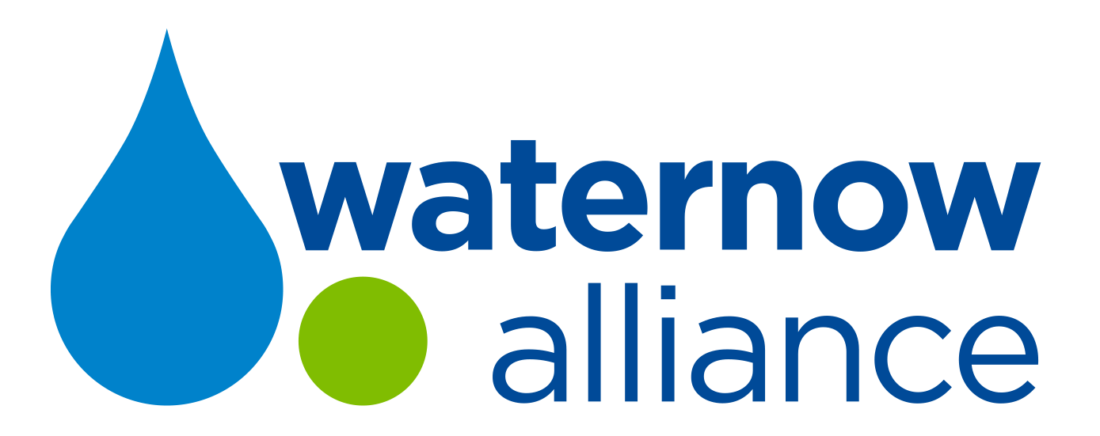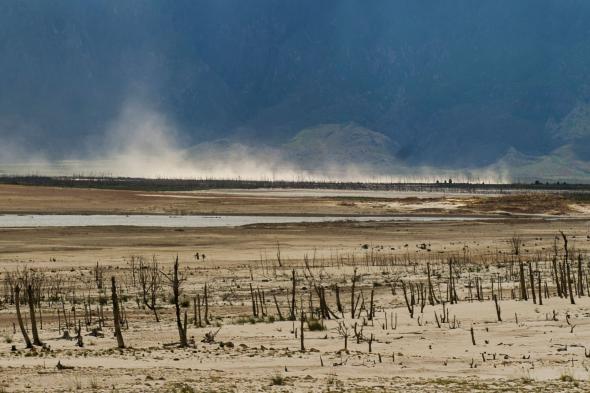“Day Zero” is the day the City of Cape Town will turn off all residential water taps. The city’s roughly 4 million residents will wait in line at guarded community water taps to collect their daily water rations. Without substantial increases in precipitation and water conservation in the next few months, Day Zero will occur on May 11th, 2018.
Not to undermine the severity of this situation, but to me, “Day Zero” sounds like an action-packed blockbuster starring Dwayne Johnson whose mission is to save the city’s water supplies from evil aliens intent on taking control of the government. It just seems unreal.
It’s hard to believe that one of Africa’s most affluent metropolises with a sophisticated water system serving millions of people could be in such a dire situation. Unfortunately, no Hollywood ending exists to protect Cape Town’s rapidly decreasing water supplies.
It’s easy to look at Cape Town and wonder, how could this possibly have happened? Why wasn’t the city more prepared? It wasn’t until I read National Geographic’s article “Why Cape Town is Running Out of Water, and Who’s Next,” that I began to understand how the city arrived at their current predicament. It became frighteningly clear that far from being an anomaly, this water resource crisis could easily happen in cities around the world – from Beijing to Los Angeles to Melbourne.
How did this happen?
Cape Town’s current drought emergency is compounded by high population growth and overdevelopment. While South Africa is arid, Cape Town lies on the coast and traps onshore breezes from warm ocean water creating local rains that fill rivers and underground aquifers. This unusual rainy climate surrounded by desert has driven up population growth over the years and brought increasing prosperity to the city.
Cape Town had prepared – to an extent – to meet the increased demands of population growth and climate variability on their water system through a series of measures including water conservation, leak reductions, and higher water rates. Their increasingly common mistake however, was to assume that future rainfall patterns would resemble those of the past.
In 2014, Cape Town’s six main dams were full, but three straight years of drought, including the two driest years on record in 2015 and 2017, have reduced these reservoirs to 26 percent of capacity as of February 2nd (according to NASA). While it’s hard to say exactly how much of the current drought is driven by climate change as opposed to natural variability, according to the Intergovernmental Panel on Climate Change’s report, climate models indicate a significant drying trend across the region.
With the sudden onset of drought, the city is under intense pressure to secure new supplies. Four desalination plants are under construction, water wells are being drilled, and a water recycling plant is being built. These are huge, multi-year projects and while most of the projects are more than half completed, all but one is behind schedule.
So, who’s next?
Only time will tell how the current water crisis in Cape Town will play out. Hopefully, the region will receive enough rain this year before the May 11th deadline to avoid Day Zero. If not, Cape Town’s residents will be in for a very challenging new reality that forces them to really examine the value of water in their daily lives.
Cape Town’s predicament is unlikely to remain an isolated event. Throughout many parts of the world, including the Western United States, the delicate balancing act between water use and supply is threatened by these same problems – more extreme droughts, overdevelopment, and population growth. It doesn’t take much to tip the scales against us.
In fact, during the last drought in California, some towns did run out of water and were forced to truck in water from nearby communities. And if this winter’s near-record low Sierra snowpack is any indication, California could soon be facing its next drought emergency.
While these problems may be largely out of our control, as water leaders we do have control over one very important factor – political will and how we prepare our communities to face serious threats to our water resources. We have to champion sustainable solutions that exist and are ready to be implemented today: water efficient landscapes, groundwater recharge, potable reuse, low-flow showerheads, AMI meters, conservation rate structures, among numerous other things. We have to be a leading voice in conveying the true value of water to our communities. And we have to do these things today, before we face our own Day Zeroes.
Cover Photo: Cape Town's main water supply, at the Theewaterskloof Dam, is running dry. Photograph from AP

